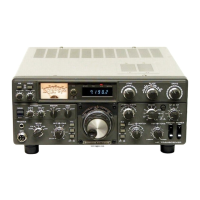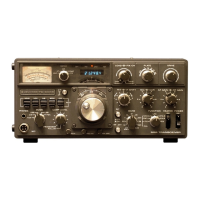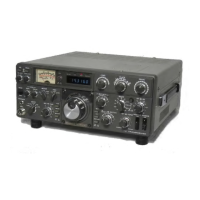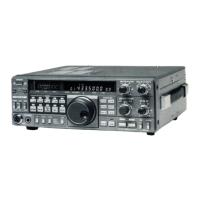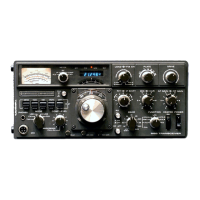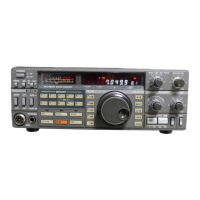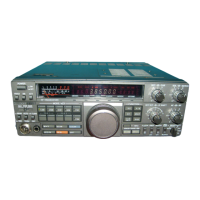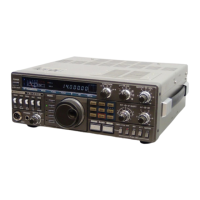Why is Kenwood Transceiver receive sensitivity poor?
- CChristopher LeblancNov 24, 2025
If your Kenwood Transceiver is not receiving signals or the receive sensitivity seems poor, it could be due to several reasons: 1. The SQL control is fully clockwise. Turn the SQL control counterclockwise. 2. The Attenuator function is ON. Press ATT [DOWN] repeatedly until the Attenuator function is OFF. 3. The transceiver is in the transmit mode since the [SEND] switch was pressed. Press [SEND] to return to the receive mode. 4. The Microphone PTT switch is pressed. Release the Microphone PTT switch. 5. The LO/WIDTH control or HI/SHIFT control is set incorrectly. Set the controls correctly. 6. The wrong antenna connector is selected. Press [ANT] to select the other antenna connector. 7. If using a separate receiver that is connected to the EXT RX ANT connector, the connector is not...





